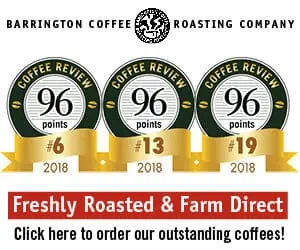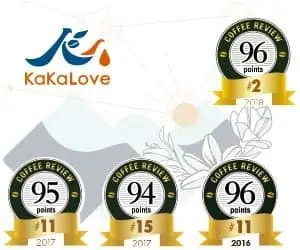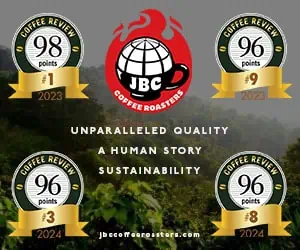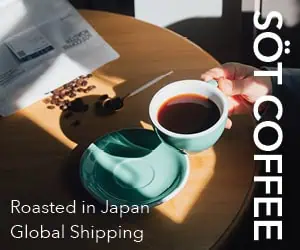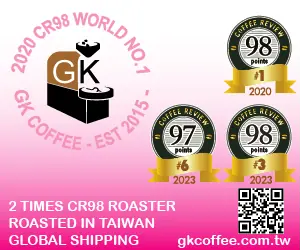Back in 1975, when I wrote my first book on coffee, Sumatras were a revelation: long, tawny-colored beans with a wonderful deep-toned, bass-tickling richness. The cup was heavy, but alive with fruit and smoke. The bags came marked with sonorous names like Mandheling and Lintong. It was easy to project Conradian into those names and that dark luxuriousness.
Those archetypal Sumatras I first tasted were brought in by two of the pioneers of specialty coffee, Erna Knutsen and Alfred Peet. Alfred in particular loved Sumatras, not only because he had spent some years in Indonesia before he came to the States, but also because they embodied his coffee ideal: They were, in his favorite word, “deep.”Unfortunately — or fortunately, depending on your point of view — Alfred’s enthusiasm about Sumatras, reinforced by some of the rest of us who were always prattling praisefully about them, turned a once obscure origin into one of America’s favorite gourmet coffees. In particular, Alfred’s enthusiasm communicated to the new coffee leaders of Starbucks, who essentially replaced the traditional American blending coffee, Brazils, with Sumatras.
What this has meant is that Sumatra is shipping a whole lot more coffee to the United States than it did back in 1975. And some of that coffee is not very good. There have been scandals. Sulawesi coffee shipped as Sumatra coffee. Coffee shipped at too high a moisture level, so that it often arrives mouldy. Inconsistency on a massive scale.
Part of the problem is that what makes traditional Sumatras wonderful and different is also what makes them inconsistent. They are, as I discovered when I finally visited Sumatra a few years back, the quintessential small-grower artisan coffees. They go through a primitive, backyard version of the wet process, in which they are pulped or skinned by the farmers using home-made machines, after which the fruit residue is loosened by overnight fermentation before being washed off by hand in well water or in little creeks. The beans then go through an awkward, lengthy, three-stage drying process. In some cases they are dried directly on the sweet, hard clay in farmers’ front yards, giving them the earthy taste some Sumatra aficionados love.
However romantic this process sounds, the only time these coffees are subjected to a really rigorous selection is at the end of the line in the exporters’ warehouses. The best coffees I tasted in Sumatra had been subjected to an extraordinarily determined sorting process; most were intended for the Japanese market.
But some of those best Sumatras do seem to filter through to the American market to reassure us that not all traditionally processed Sumatras are mouldy, hard or sharp. A small sampling of coffees available retail from the 1997 Sumatra crop (Coffee Review April 1998) suggested the 1997 crop was rather good one, perhaps owing to the same El Nino dry weather that caused the catastrophic forest fires of that year. Dry weather may have meant that the coffee dried without taste-damaging interruption by rains. Whatever the reason, I found several Sumatras to praise in last year’s review.
This year, however, a sampling of new-crop Sumatras from nine different specialty roasters is a little less encouraging. A taste-dampening hardness or dullness that probably derives from moisture-interrupted drying marred several of these coffees, and none quite matched the powerful, full-throated, deep Sumatras of memory.
There are some admirable coffees here, however. The Mandheling from R&R Beans nicely represents the pungent-yet-sweet, pruny side of the traditional Sumatra profile. The Great Northern organic entry displayed the soft earth tones that purists reject as a defect but which many people seek out in their Sumatras. The Timothy’s Mandheling came closest to the big, mouth-filled richness of the archetypal Sumatra of memory, but displayed a slightly bitter aftertaste that marred an otherwise splendid cup. An example of a squeaky clean Sumatra also showed up, a super-selected “Japanese preparation” coffee from New World Coffee, which (perhaps owing to the rigorous selection) displayed less bottom and idiosyncratic richness than many Sumatras, while delivering a more delicate pleasure: sweet fruit/floral tones.
It’s true that I didn’t find anything here quite up to the Sumatras of memory. But there are several coffees here that should please aficionados and invite some gustatory Sumatra romance.



